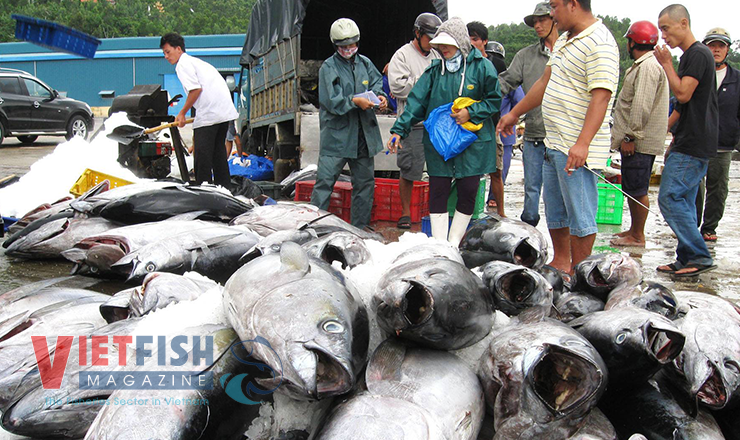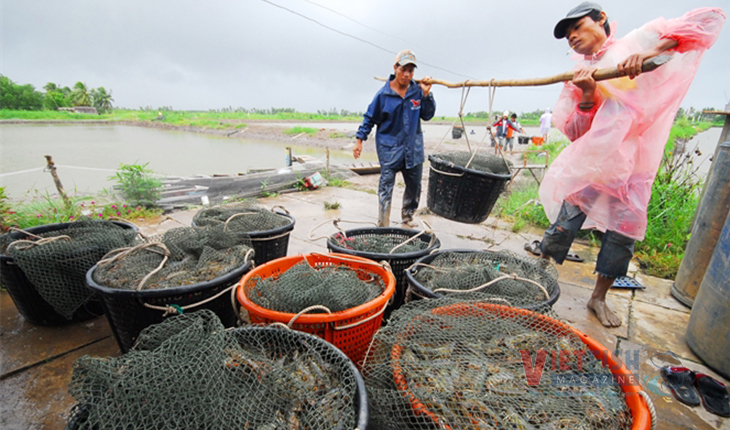Impact of new U.S. tariff policies on Vietnam’s tuna exports
The U.S. is the largest market for Vietnamese tuna, accounting for over 39% of total exports. Given this significant share, Vietnamese seafood exporters are increasingly concerned about potential trade policies, particularly tariffs, that the Trump administration may impose on countries with large trade deficits with the U.S., including Vietnam.
Strong growth in Vietnam’s tuna exports in 2024
According to the Vietnam Association of Seafood Exporters and Producers (VASEP), Vietnam’s tuna exports reached USD 989 million in 2024, a 17% increase from 2023. Among export markets, the U.S. remained the largest buyer of Vietnamese tuna.

Data from the International Trade Centre (ITC) ranks Vietnam as the second-largest tuna supplier to the U.S., behind Thailand. During his first term, Donald Trump raised tariffs on Chinese tuna imports, first to 10%, then to 25% in 2019. At that time, China was among the top five tuna suppliers to the U.S., particularly in the frozen steamed tuna loin segment (HS16), where it held a dominant market share due to competitive pricing.
These tariff hikes forced U.S. importers to seek alternative suppliers, including Vietnam, leading to a surge in Vietnamese tuna exports. Despite subsequent challenges such as the COVID-19 pandemic and economic downturns, Vietnam’s tuna export value to the U.S. in 2024 remained 72% higher than eight years earlier.
Effects of new U.S. tariffs on Vietnam’s tuna industry
On February 1, 2025, immediately after assuming office, President Donald Trump signed an executive order imposing additional tariffs on imports from the U.S.’s three largest trade partners, China, Canada, and Mexico.

The order enforces a 10% tariff increase on Chinese imports, effective February 4, and a 25% tariff hike on imports from Mexico and Canada, which is currently on hold for 30 days.
“This decision is expected to impact canned tuna prices in the U.S. as retailers may raise product prices, affecting consumer demand,” VASEP stated.
Canned skipjack tuna in oil imported into the U.S. is already subject to tariffs ranging from 12.5% to 35%, unless the exporting country benefits from a preferential trade agreement.
The U.S.-Mexico-Canada Agreement (USMCA), signed by Trump in 2020, remains in effect, granting Mexico and Canada preferential tariff rates on various products, including tuna. If trade negotiations with these countries fail, their tuna exports, particularly from Mexico, may decline.
Similarly, China’s tuna exports to the U.S. are expected to suffer under the new tariffs.
According to Pham Quang Vinh, former Deputy Minister of Foreign Affairs and former Vietnamese Ambassador to the U.S., the trade deficit between Vietnam and the U.S. is a natural outcome of global trade dynamics. If the U.S. reduces imports from China, it will inevitably seek alternative suppliers, with Vietnam well-positioned to benefit.
As a result, Vietnamese tuna exporters may find opportunities to expand their market share in the U.S., leveraging competitive pricing and an increasingly strong presence in the industry.
VFM






